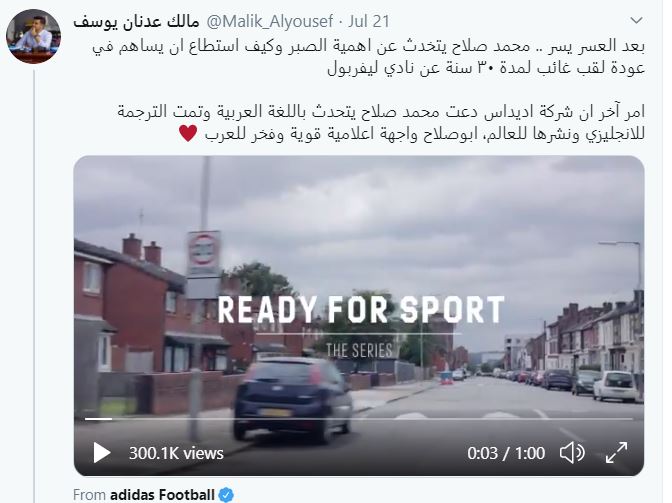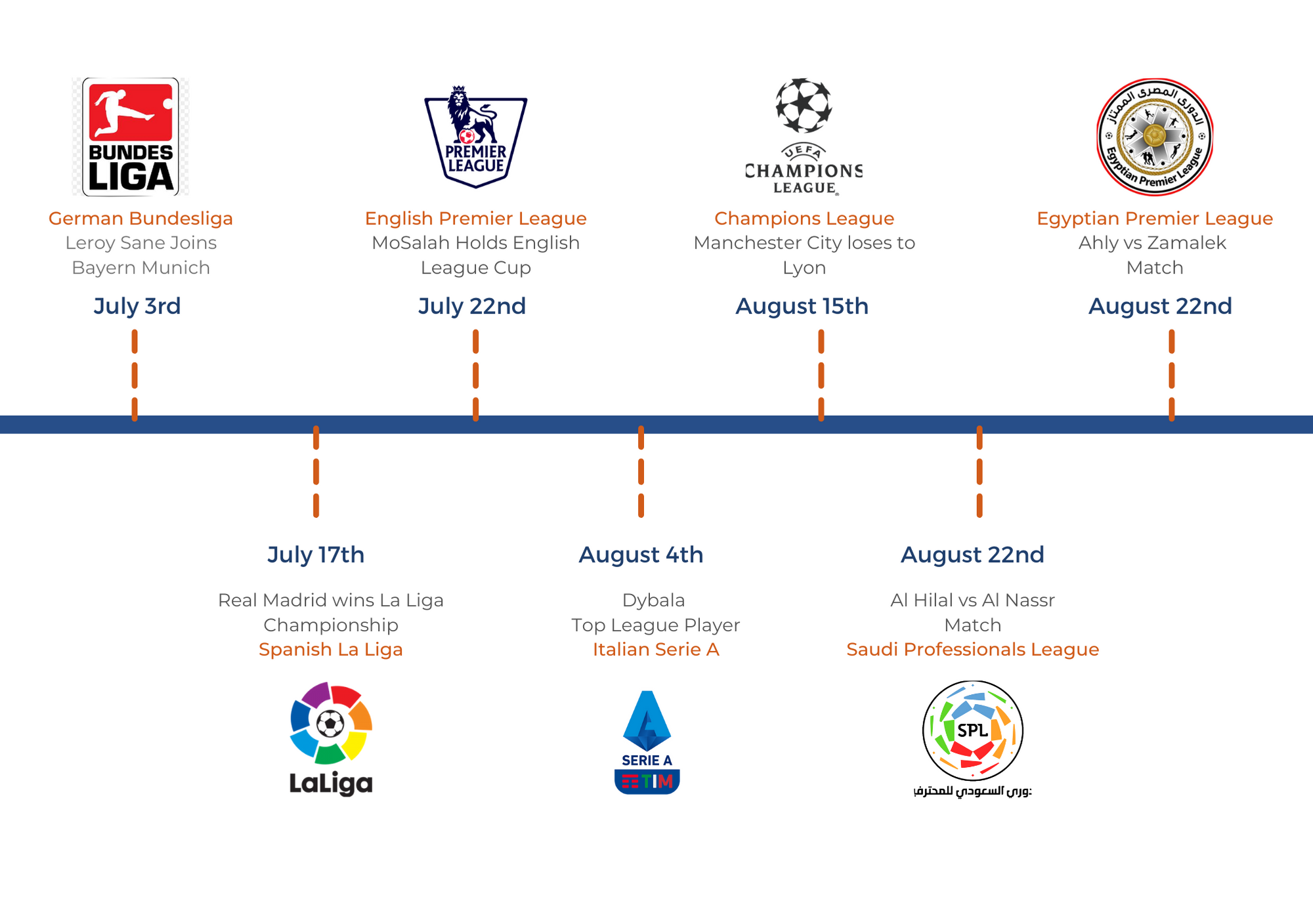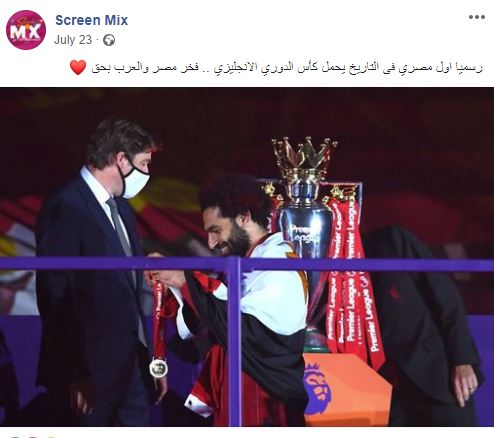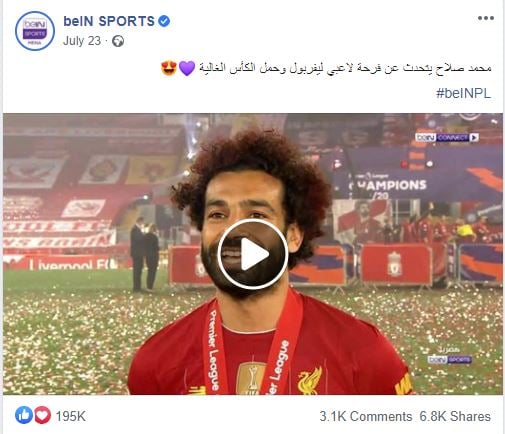In 2020, fans were no longer able to attend key football matches in the stadium because of the COVID-19 situation. As a result, social media was set to play a major role in keeping the fans engaged especially during key national and international leagues. Just like many industries, football was forced to adapt to the current situation, yet still keep their audience satisfied and interested. Football audiences do not simply view matches, they look for ways to be fully immersed and involved in the content. Social media gave the space to do just that.
Using the Crowd Analyzer tool, we were able to look into 9 million social media activities from 5th of July to the 24th of August, to understand how the MENA audience were keen on engaging with football content, and how can brands reflect these learning outcomes in their content strategies. Just like football gives the space for audience interactions, brands have the opportunity to do the same. Inspired by the football unique culture, which involves a high level of engagement and connection with their fans, we put together five key characteristics they have that lead to winning content.
1. Football involves a massive audience
Football is considered a hot topic among MENA users’ conversations on social media. One of the very unique insights we found while monitoring MENA users’ conversations is that, they’re not only cheering for their own national teams, in fact the most talked about major leagues were mostly international ones. The English premier league took over social media conversations at 41% during the monitored period.
Even with COVID-19, football is a popular sport with a worldwide massive audience; people pay attention beyond their own national leagues. In fact, COVID-19 had a remarkable effect on the social media conversation among MENA users. 66% of social media mentions on sharing news and updates on teams were COVID related. The monitored conversations highlighted the interest that users had in knowing the players who were infected with the virus across several leagues, as well as the safety precautions and adjustments that were applied in many leagues like the Egyptian, Spanish and English ones. Showing that most football fans in the region are actually concerned with the virus and in favor of staying safe, while reacting with content that aligns with responsible behavior.
Marketers should recognize this rare point in the industry and use it to their advantage to create diverse content that promotes a sense of togetherness.
2. Visual content is the most effective
Even if there is a pandemic, people are still keen on watching football. On YouTube, football related content reached up to 20 million views. Their experience does not stop at viewing, fans like to involve themselves in the experience by commenting and analyzing matches. Social media created an accessible pathway for fans to engage. When the content includes a visual such as a photo and videos, people are more likely to interact with the content.
3. Sponsorship brings exposure to brands
By sponsoring football teams, brands are connecting with their audience. It is an opportunity to create brand awareness at a different level. People are more likely to interact with your brand through football; it just becomes part of the conversation and the experience. This year, brands faced a new challenge in which their visibility was no longer in stadiums or events, they had to rely more on social media to attract football fans. When brands involve themselves, they are seen as contributors to improving the quality of the game.
As previously mentioned, videos and photos represent winning content in terms of audience engagement. Over 90% of the content analyzed included a visual. Despite the absence of a live audience in stadiums, fans still shared photos and videos. This type of content is additional exposure to sport sponsors; brand logos are seen on all those visuals included in the content which is always an advantage for a brand.
4. Staying relevant is key
In the digital age, it is important to stay ahead of the game by tracking what people are talking about. Fans’ engagement in football goes beyond their interest in the match.
Each major league had a defining moment that took over social media conversations:
Peak Days Analysis
5. Football fans value authentic content
The wide access to the popular sport is an opportunity for every brand to connect with their audience. It is important for brands to acknowledge the positive results they gain by investing in football; it is a win for them. Social media users mostly talk about players and their performance; it is about what they can relate to the most. As brand sponsors, the focus should be on building relation with their consumers through team players. It was no surprise that the top player mentioned in the MENA region was MoSalah at 34% , followed by Lionel Messi at 23% based on social media mentions related to keeping up with players.
This is an industry that is led by the fans, they are the ones creating the content. So by paying attention to the popular players, and integrating them into your content. This is likely to result in attraction to your brand. Looking into the data, we found that 51% of mentions are from average users, and 51% of interactions are from celebrities. Football is about connecting with people in the game.; athletes are what can be referred to as relatable celebrities, thus more emphasis should be put on engaging with them.
This shift in fan engagement allows much more creativity and authenticity when it comes to brand content. We are here to support your brand with effective monitoring, and listening tools that will help you build a valuable relationship with your audience. Check out our guide on how to create user generated content that would let the audience speak for your brand.






























